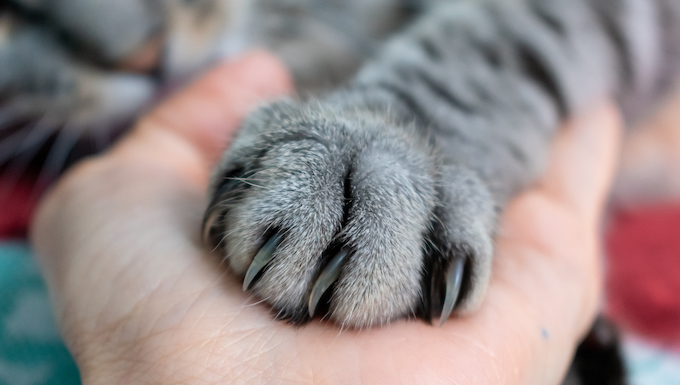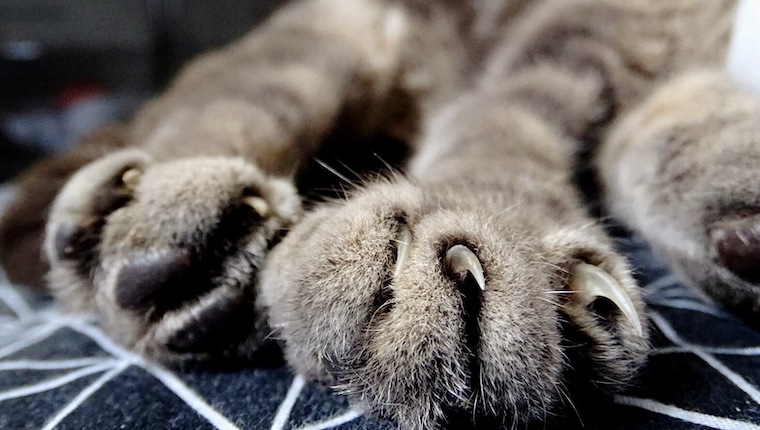
Declawing is a common, yet hugely controversial, procedure in cats. 33 percent of cats suffer at least one behavioral problem after declawing. Declawing commonly impacts cats’ natural behaviors — litterbox usage, cat tree scratching, clawing and playing — and can lead to emotional and…




